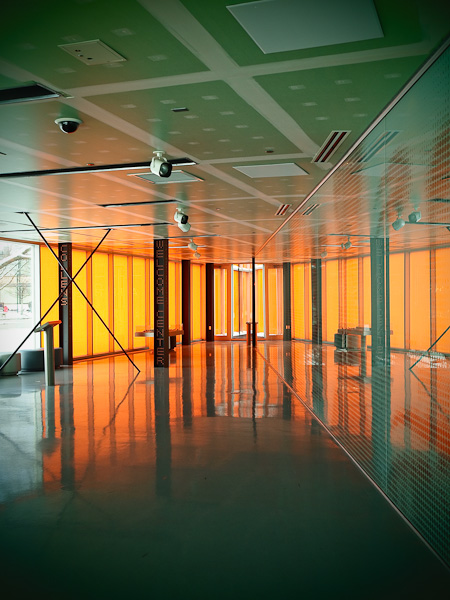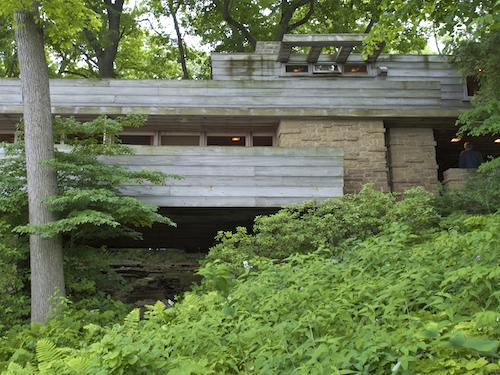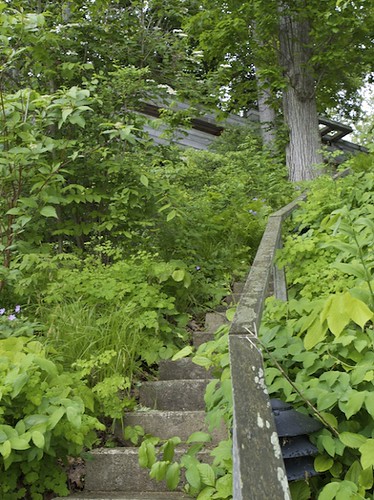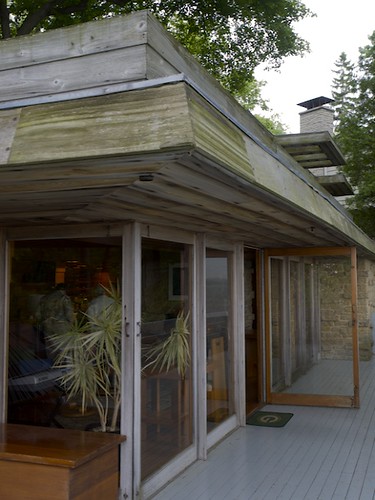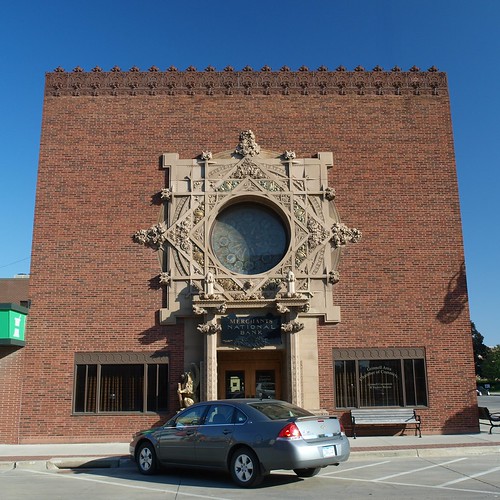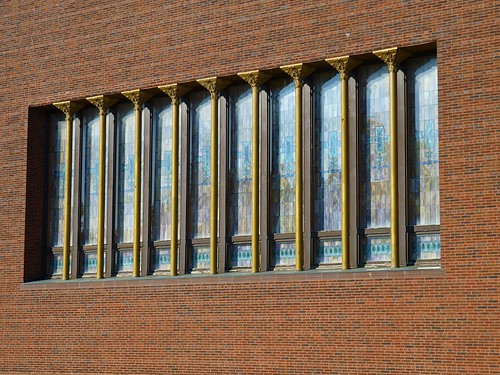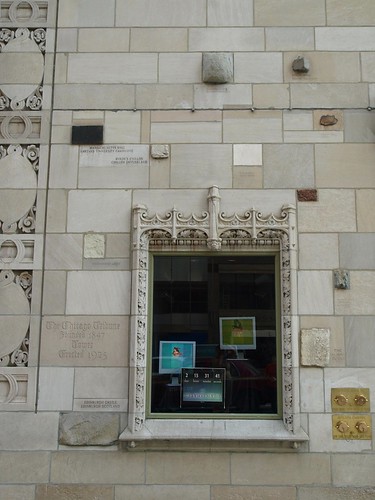Though I lived in Chicago for several years while in school and after, I never did much investigation of the city’s exemplary architecture. That all changed last weekend when I took a Chicago Architecture Foundation tour called Chicago Highlights and checked out some great buildings in the Loop, on the North side, and then I found a few new favorites on the South Side.
I chose the Highlights Tour because it offered an interior tour of Frank Lloyd Wright’s Robie House in Hyde Park. And I did love the Wright House, but I loved photographing the campus of Illinois Institute of Technology (IIT) even more. Even though we toured the campus under a heavy cover of gray clouds, and in chilly temps, it was a true joy with camera in hand.
I have a huge file of photographs to go through, but this photo of the McCormick Tribune Campus Center (MTCC) was one of my favorites SOOC (straight out of camera). How can you miss with all those converging lines and those oranges and greens? This was one great building – all lines, details, colors – a combination dining facility, bookstore, computer center and more, and all tucked under a metal network of Chicago Transit elevated train (“L”) tracks. The building was designed by Dutch architect Rem Koolhaas, completed in 2003, and included a renovation of the Commons Building (1953) designed by IIT’s most famous architect, Ludwig Meis van der Rohe.
I’ll be posting a series of photos from the entire tour including more photos from IIT – both interiors and exteriors from the Campus Center, and exterior photos of the S. R. Crown Hall by Meis and State Street Village, a student dorm by architect Helmut Jahn.
Coming next: the “tube” on top of the MTCC that keeps the vibration and noise of the commuter train from invading the student’s space.
